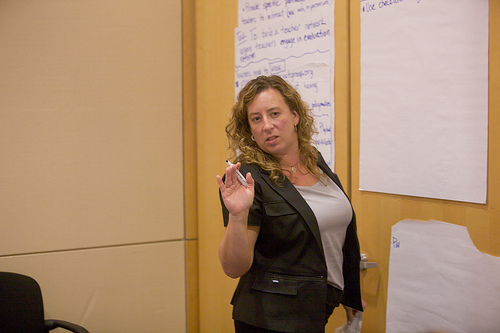Ready for College? ACT Prep and SAT Prep Schedule for Juniors

 An admirable preparation strategy for college admittance is one that begins early. To help students that aspire to get into good schools, preparation goes beyond their achieving decent grades. Juniors need to be organized and stay on a continuous path toward getting into their desired schools. There are several tasks they should concentrate on in the spring – and follow-through on each will increase their odds of acceptance.
An admirable preparation strategy for college admittance is one that begins early. To help students that aspire to get into good schools, preparation goes beyond their achieving decent grades. Juniors need to be organized and stay on a continuous path toward getting into their desired schools. There are several tasks they should concentrate on in the spring – and follow-through on each will increase their odds of acceptance.
Major and School Selection
If they haven’t already decided, students should narrow down their major choices, and research and select ten colleges and universities that they want to apply to in the fall. There are a lot of factors that go into the right school for a particular student – including school size, geographic location, majors offered, available social activities, rank, student life, etc. It’s recommended that students visit some of the schools so they get a feel for the campus and see what student life is like. While there, students should meet and discuss academic programs with admissions officers and professors. They should also demonstrate the personal qualities college representatives are seeking, like enthusiasm and professionalism. After researching colleges and universities that fit the student’s criteria, they should narrow the list to three “Safety Schools”, five “Best Match Schools”, and two “Reach Schools.” This list will guide their application process.
SAT and ACT Test Preparation
It’s a good idea to first take the SAT and ACT in the spring of junior year, so online test prep is important. Taking the test early allows students to obtain their scores, compare them to the score ranges required by their chosen schools, and see if taking the exam again in senior year makes sense. By testing in junior year, students would can use the following summer to take practice exams, work through SAT and ACT test preparation books or take an SAT prep course.
Purposeful Summer Activities
Aside from fun, a student’s summer should include some type of work, volunteer service, or internship. No matter what a student chooses, it is important that they apply themselves and do the best they can at it. Excellent letters of recommendation from supervisors and bosses will depend on this hard work. Who knows? Perhaps an adult mentor or advocate will also materialize as a result.
Create a Student Resume
Creating a student resume should be high on a student’s task list in the spring. The resume should include freshman and sophomore year accomplishments and activities. Because of their academic weight, SAT and ACT scores should also be included. If the scores are excellent, they should be displayed prominently at the top of the resume. If the students’ scores are not a strong suit, it bears repeating that effective SAT and ACT test prep is critical.
Strengthen Vocabulary Skills
Throughout the spring and summer, juniors should continue to build their vocabulary. Many libraries offer “teen read” programs during the summer, which will encourage and keep students accountable. Building and practicing an excellent vocabulary will also help to increase scores on the critical reading section of the SAT, therefore providing another avenue for SAT test prep.
Following this schedule will help keep kids on track. For juniors in particular, maximizing each of these tasks to the best of their ability will help to create a rewarding future.


